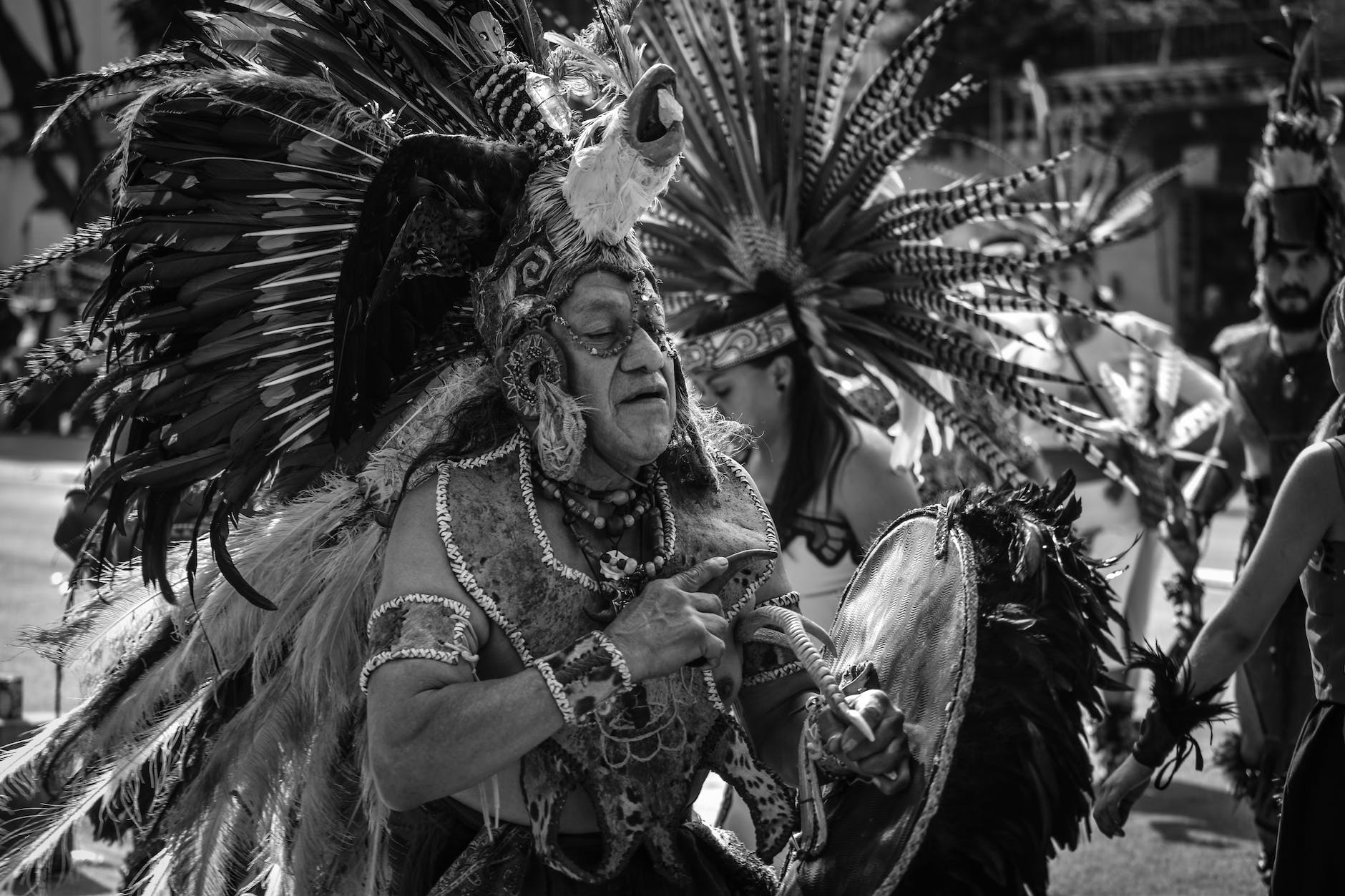The ethnobotany of psychedelics provides a fascinating insight into the traditional uses of entheogens (psychoactive substances) in indigenous cultures around the world. These substances, revered as sacred plants, have been nestled within the religious and spiritual practices of people for millennia, their roots extending to every corner of the globe.
Central to the traditional use of plant medicine is the role of Shamanism in these communities. The Shaman – regarded as the intermediary between the human world and the spirit world – harnesses the power of these plants to facilitate healing rituals, often invoking intense spiritual and psychological experiences.
Ayahuasca, a brew from the Amazon rainforest, and Peyote, a cactus native to Mexico and the Southwestern United States, are two of the most widely used entheogens across indigenous cultures. Both substances have been utilized for countless generations, their uses ranging from healing physical ailments to prompting spiritual growth.
Ayahuasca ceremonies, in particular, have a strong tradition amongst tribes in the South American Amazon. Shamanistic practitioners of these tribes believe the tea brings about physical and psychological healing through profound spiritual awakening. Studies have now begun to examine the potential therapeutic effects of Ayahuasca in treating depression, PTSD, and addiction, reflecting the traditional narrative around the brew as a medicine for the human psyche.
Peyote on the other hand, prominent in the religious rites of Native American tribes, is celebrated for its mystical and visionary properties. The Native American Church, for example, recognizes Peyote’s healing potential in their sacred rituals, using it to promote emotional wellness and spiritual enlightenment.
Several other sacred plants such as Psilocybin Mushrooms, Iboga, and San Pedro Cactus are similarly central to the spiritual practices of different indigenous cultures. They are revered as healers, teachers, and bridges to the interconnecting layers of existence.
The intricate weaving of these entheogens into the cultural fabric of indigenous societies is a poignant reminder of their significance. Cultural preservation, in this context, is not just about the maintenance of practices, but also about the conservation of the very plants that facilitate a communion with the divine.
However, as the allure of these substances reach far beyond their native lands, a pervasive issue of cultural appropriation has arisen. While increased interest and research into these substances are indeed affirming their therapeutic and transformative potential, an indiscriminate misappropriation of these sacred traditions is simultaneously rising.
Numerous ‘Ayahuasca tourism’ traps in South America and casual use of Peyote in ‘hippie’ culture are stark examples of this. The commodification of these agonizingly dear cultural traditions needs addressing, employing sincere efforts toward cultural sensitivity and respect.
Moreover, sustainability is a growing concern as the demand for these plants rises. Overharvesting, habitat destruction, and climate change can threaten the survival of these sacred plants, and by extension, the continuity of the traditions tied to them. Conservation strategies are thus crucial, focusing on sustainable harvesting and cultivation practices.
Recognizing and learning from the nuanced usage of psychedelics in native cultures, one cannot ignore the myriad of challenges accompanying this interest. Striking a balance between the intrigue over these substances and the reverence for their sacred and mystical origins is vital. One must tread this path with the sensitivity it deserves, acknowledging the wisdom of indigenous cultures and their profound understanding of plant medicine.
As the exploration of the ethnobotany of psychedelics advances, the confluence of science and ancient wisdom might indeed revolutionize our understanding of mind, consciousness, healing, and perhaps, even life itself. But underneath these fascinating potentials, the respect for the roots of these practices must remain a salient underpinning – respecting the inheritors of these traditions, preserving their cultural heritage, and honoring the sacred plants that have whispered wisdom to humanity for ages.





